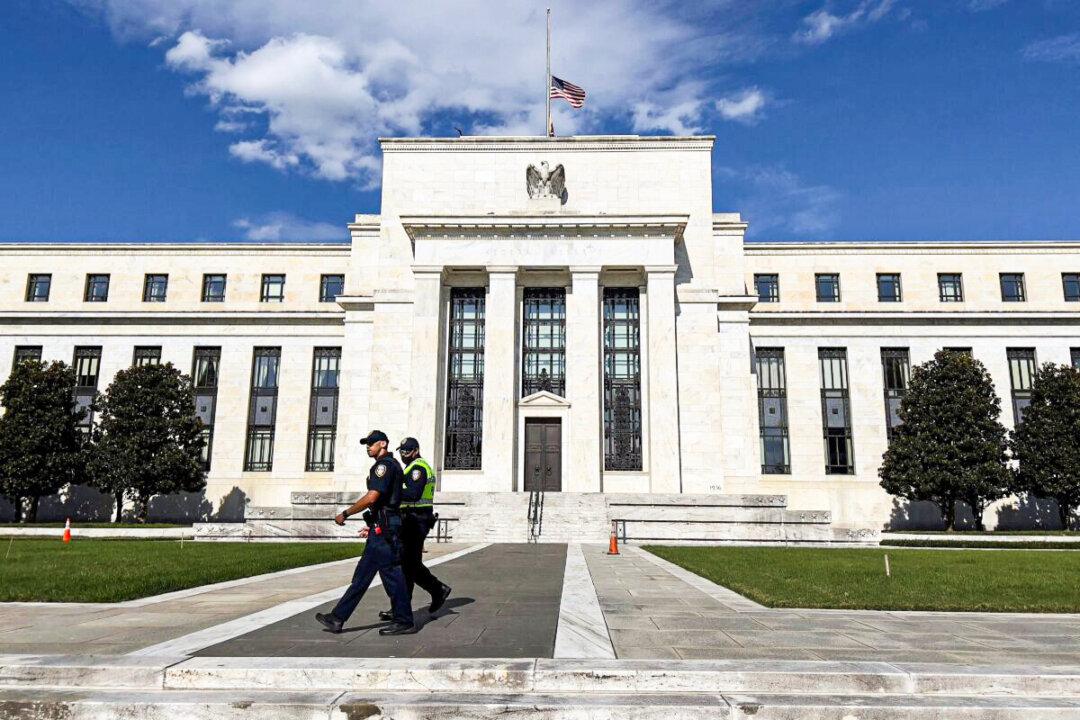Commentary
March approaches, the month that the Federal Reserve promised to show its anti-inflation hand. It will, Fed Chairman Jerome Powell has announced, cease its quantitative easing and begin to raise interest rates.

March approaches, the month that the Federal Reserve promised to show its anti-inflation hand. It will, Fed Chairman Jerome Powell has announced, cease its quantitative easing and begin to raise interest rates.